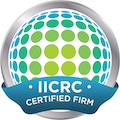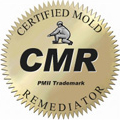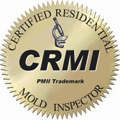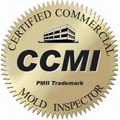Water damage is one of the most troublesome types of damage to deal with in the home. Water damage is:
- Innocuous: you don’t know it is happening
- Invasive: it is not restricted to the immediate vicinity of the water source.
- Expensive: almost every material in the home is vulnerable to water damage.
Perhaps the worst thing about water damage is that it does not always go away once the water is physically removed from the home. Even without the visible presence of water, effects from water damage may linger and continue to damage a house.
There are several ways this can happen. For instance, McKenna & Vane Property Management explains that “damage to the home’s aesthetics will remain after the water has dried out.” Additionally, if the water comes from an external source such as dirty floodwaters, disease-causing germs can invade a home.
The most insidious way water damage continues to harm a home and its occupants, is its ability to promote mold growth. Water damage creates conditions within a house that are amenable to the development of toxic mold.
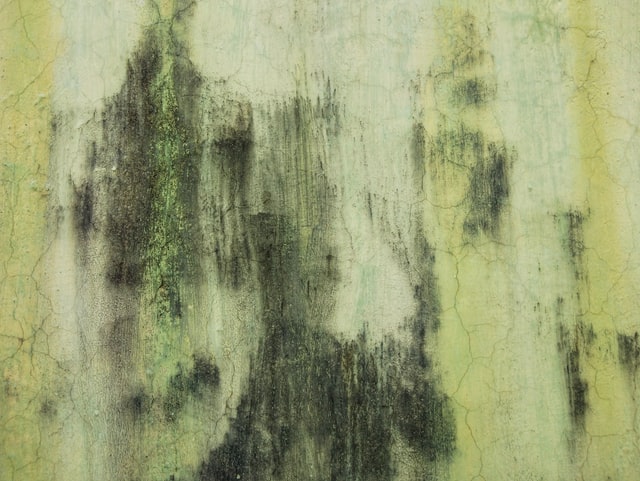
What is mold?
Mold is the generic name for thousands of fungi that grow in numerous places on different materials. Most strains of mold are harmless to humans, and some are even beneficial. But certain types of mold are unsafe if allowed to grow in close proximity to people.
The probability of these toxic forms of mold growing in the home is heightened by recent water damage. That is because water penetrates the house’s structures and materials and creates conditions that support mold growth.
Some mold abode conditions include:
- Dampness: Parts of the home with high relative humidity, constant condensation, or protracted wetness are attractive to mold.
- Darkness or shade: Mold likes areas of the home with low sunlight penetration.
- Insufficient ventilation: If an area of the house has stale air or the home is tightly sealed, mold grows easier.
- Mild temperatures: Mold thrives between 77° F and 86° F.
- Food source: Almost anything made of organic materials will serve as food for mold.
The above conditions are easily met if a home has recently suffered water damage. Furthermore, some of these circumstances are prevalent in hidden areas of a house. As a result, mold can grow in a home without the people living there knowing.
If your home has recently experienced water damage, you should have it inspected for mold. Until you do this, you cannot be sure that you have completely dealt with the impact of the water damage. Mold growth in the home is not something to take lightly.
Here are some reasons why.
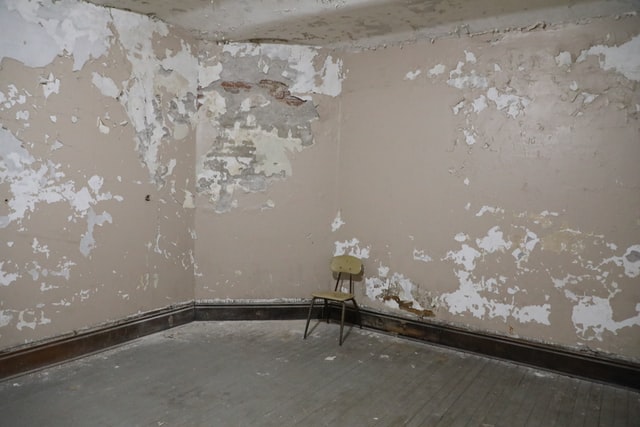
5 reasons to do mold inspection after water damage
1. Mold poses a health risk
Exposure to spores, mycotoxins, and volatile organic compounds emitted by mold will cause or worsen several respiratory conditions. Mold is highly damaging to people with asthma or allergies and the very young and elderly are easily susceptible to mold illness. Symptoms of mold exposure include dizziness, persistent headaches, disorientation, nausea, coughing, wheezing, daytime tiredness, and redness of the eyes.
2. Compromised indoor air quality
Molds emit volatile organic compounds (VCOs) that cause an unpleasant smell to linger in areas where there are molds. Mold’s effect on indoor air quality is not localized to the region of its growth. The horrible odor will be circulated throughout the entire home, making it harder to locate its origin.
3. Visibly-ruined aesthetics
Mold only grows on materials it feeds on. By feeding on that material, molds destroy it. Whether it is wallpaper, drywall, concrete, paint, carpet, furniture, wood structures in the home, or fiberglass, mold can damage it. The effects of the damage are often evident as ruined aesthetics which gets more problematic to fix the longer you allow it.
4. Mold in the HVAC system
One of the most common areas where mold grows after a flood incident is in the HVAC, especially the ductwork. The controlled temperatures, enclosed environment, and accumulated dust or debris inside HVAC systems make them highly conducive to mold growth. Moreover, mold growth inside these areas of the home is tough to detect.
5. Mold does not go away easily
Getting rid of the visible signs of mold growth does not mean the removal of mold. The organism will return if it has penetrated deep into the substrate of the material it grows on. Mold spores remain present in the environment and the water source that enables its growth. Ridding the home of mold takes expert knowledge.
Overall, whether you own, rent, or plan to sell your home, mold can devalue it and diminish the quality of life for those who live in it.
If you have recently suffered water damage, getting a mold inspection from professionals at Superior Damage Restoration can help you protect your home’s value and the health of its occupants.



